This TED Talk, by Kathryn Schulz caught my eye because of its title: “On Being Wrong”. Schulz is a journalist and author of Being Wrong: Adventures in the Margin of Error. She is also a self-proclaimed “wrongologist”.
The topic is of interest to me for two reasons. First, being wrong is something that I manage to do with amazing consistency every day. Second, I believe that most people have become so conditioned (by schools, companies, organizations) to avoid being wrong, that they never dare to push themselves beyond preconceived limits, and thus never reach their full potential. As the actress Joan Collins said, “Show me a person who has never made a mistake and I’ll show you someone who has never achieved much.”
I enjoyed Kathryn’s talk. I found it insightful, thought-provoking and, on the whole, well delivered. Have a look.
So what can we learn about public speaking from this talk?
- Kathryn has a good opening. She immediately jumps into a personal story: the year is 1995; she is in college; and she goes on a road trip with a friend. Beginning a speech with an arresting opening (a quote, a provocative statement, a question, a story) locks in the audience’s attention. And telling stories is a must for public speakers.
- Notice her body’s position as she begins speaking. Her head is up and her arms are wide apart; she opens herself to the audience. She maintained this openness pretty well throughout the talk.
- Note, however, Schulz’s very first word: “So” as in “So it’s 1995 …”. It was an unnecessary filler word that slightly diluted the impact of the opening. Removing it would make the sentence stronger. It is difficult to eliminate all filler words in an 18-minute speech. However, one of the most important parts of any speech is the opening; we should rigorously hone our words for it.
- The opening story was well chosen for the purpose of the talk; however, I felt that it took a little too long to tell it. I suspect that some of the people in the audience felt the same way and Kathryn noticed. And what she does at 1:08 of the talk is clever. She compares the blank look that her friend gave her to the blank look of a gentleman in the audience. It shows presence of mind to adapt on the fly and to use a little self-deprecating humour. She was rewarded with a tension-breaking laugh.
- Something else to keep in mind about this incident. Kathryn indicates the gentleman in the audience by pointing her finger at him. Most North Americans would not have any problem with that gesture. However, pointing is very rude in some cultures. If you intend to single out someone in the audience, a safe gesture is to indicate the person by extending your right hand fully open and palm up. In fact, this is exactly what Kathryn Schulz does at 7:35.
- Nice use of a slide and humour (the picnic table) at 1:40.
- At 3:00, she uses some nice rhetorical devices to emphasize a point. An “anaphora” is the repetition of a word or phrase at the beginning of successive clauses or sentences. An “epistrophe” is repetition of a word or phrase at the end of successive clauses or sentences. A “symploce” is the combination of anaphora and epistrophe. This is what Kathryn says: “We go to meetings in the present tense; we go on family vacations in the present tense; we go to the polls and vote in the present tense. Notice the rhythm of the words.
- From 3:20 to 3:55, she states the problem which she has been studying for the past five years, but she makes it relevant to the audience by saying that it is a problem for all of us. This is important because one of the seminal questions that every speaker must ask himself or herself is: Why should the audience care?
- Schulz then clearly states the three objectives for her talk. The third objective is perhaps the most important of the three—that it is possible to step outside the feeling of constantly having to be right. However, asserting that doing so is the “single greatest moral, intellectual and creative leap you can make” is a very bold claim. Leaving aside whether the statement is correct or not—and while I have no doubt that Schulz believes it, there are surely many others who would debate the point—I think that a more subtle statement could achieve the same purpose; for example, “I want to convince you that doing so will have a profoundly positive impact on your personal and professional lives.”
- At 4:00 she involves the audience by asking a question and eliciting some responses. I particularly appreciated the fact that she turned to the people who were sitting to the left of and behind her. It was a nice gesture to those people to whom she unfortunately had to have her back turned for most of the talk.
- Speaking of the audience, I thought that Kathryn Schulz maintained good eye contact throughout the talk. She looked at people to the left, the right and in the centre. Now, I can’t be sure because of the camera angles, but it seems that she focused mainly on the people who were closest to the stage. If so, then just a reminder that when we speak to a large audience, not to forget the people at the back.
- At 5:00, she uses a great analogy by referring to a cartoon with which many in the audience would be familiar—The Roadrunner and Wile E. Coyote. (I watched that cartoon all the time when I was a kid.) This was an instance when a short video clip of the scene that Kathryn Shulz describes would have worked well.
- At 6:00 she says that she should correct something she said a while ago. I believe that this was intentional and it is a nice call back to her earlier words. But she could make even more of the moment to reinforce her thesis by saying something like “In fact, I was wrong—again—when I said a few moments ago …”.
- Kathryn Schulz makes effective use of pauses to allow the audience to absorb what she is saying. Note, in particular, the pauses from 7:00 to 7:30.
- She had good vocal variety.
- The “Mr. CFO, astrophysicist, ultra-marathoner” joke at 7:40 is a bit of humour and a recognition of the level of talent in a typical TED audience. More importantly, it provides a good set-up to the key point that we can become obsessed with the need to be right all the time. Having said that, it is still a joke at the expense of the audience. It worked here, but one must be extremely careful when jesting with the audience.
- At 8:15 Kathryn Schulz tells another good story. However, the transition into it is weak. She simply says, “So let me tell you a story.” She could have used a better transition sentence. The previous sentence was “So we just insist that we’re right, because it makes us feel smart and responsible and virtuous and safe.” A simple transition would be something like, “But insisting that we’re right can have significant consequences.” Such a sentence would lead in seamlessly to the story while setting up another key point. The message could then be reinforced at the end of the story without having to say “The point of this story is …”.
- The slide that appears at 10:30 is good—few words and an image that Kathryn Schulz goes on to discuss. But notice that a small part of the image crosses over the title. Not a big thing, but still noticeable. It would take no time at all to reduce the image a bit and thus have no overlap. We should always check our slides carefully for these types of things.
- From 14:45 to 15:30, we an excellent use of epistrophe: “… and something else happened instead.”
- Listening to Kathryn Schulz, one can feel her passion for the subject. I particularly liked the emotion with which she speaks from 12:00 to 12:30 and in her conclusion from 15:55 to 17:35.
All in all, a great talk about an important subject. Sure, there is room for improvement, but that is the nature of public speaking. Perfect public speaking, as I said in a previous post, is an asymptote. I have little doubt that Kathryn would agree and that she would be the first to remind us that we can’t be perfect all the time.


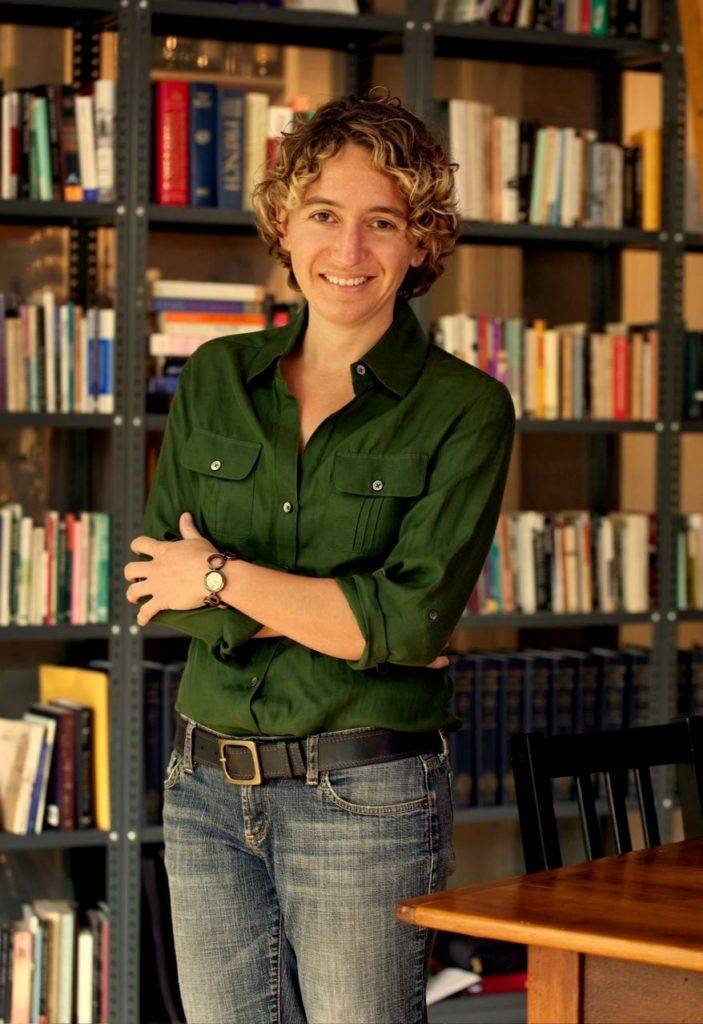
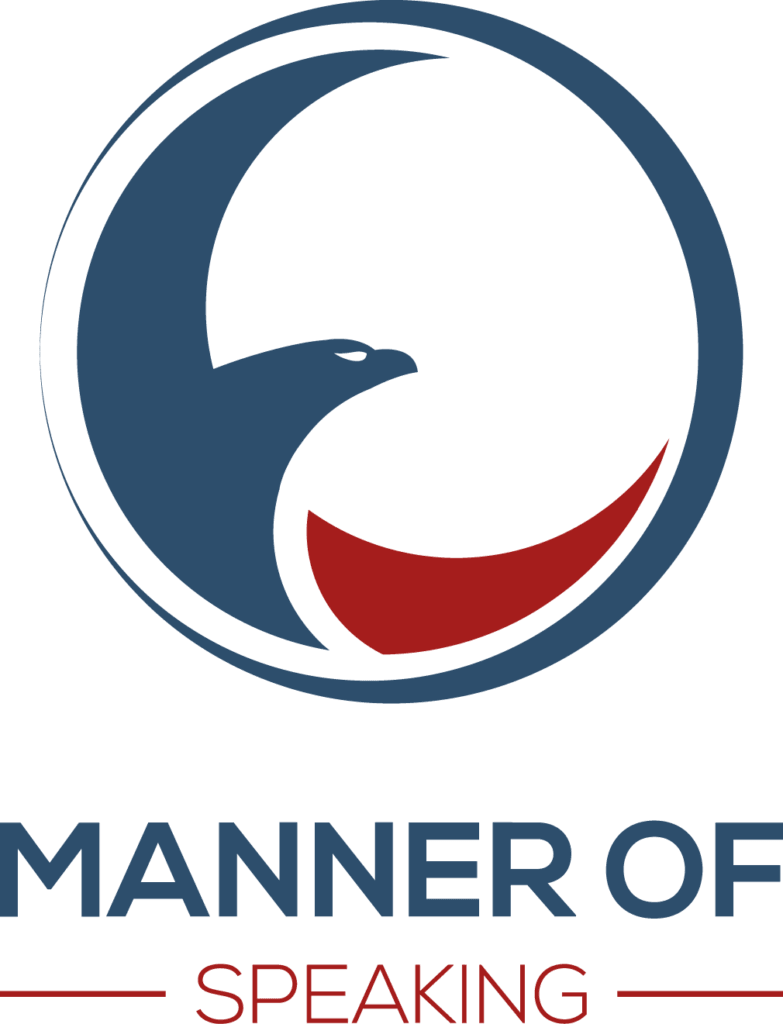

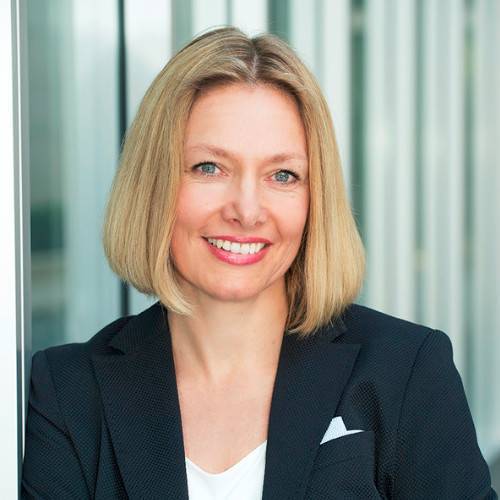


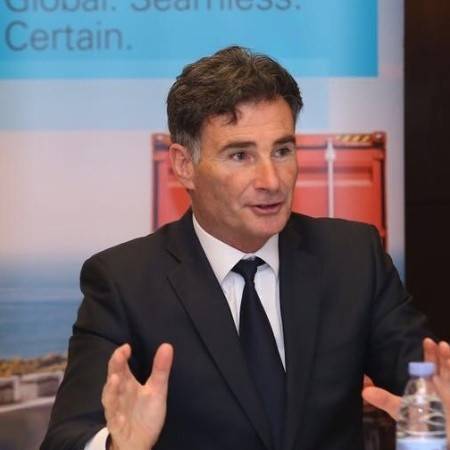
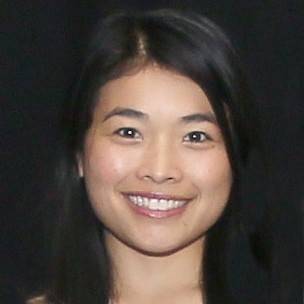
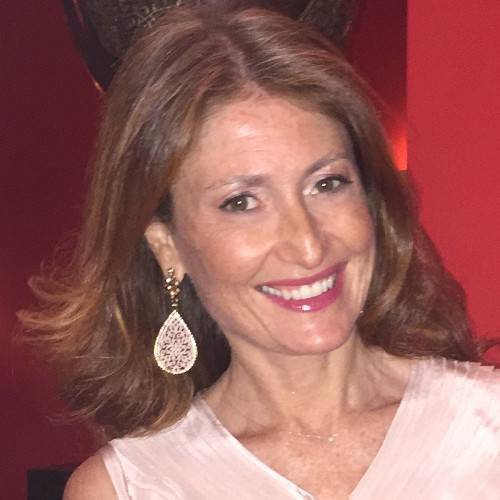
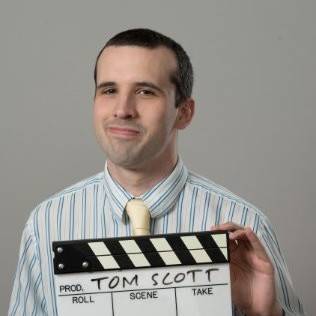
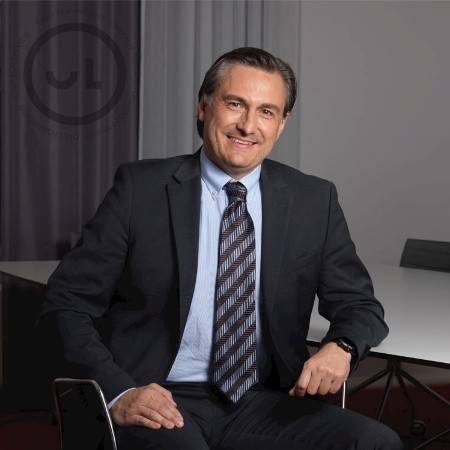
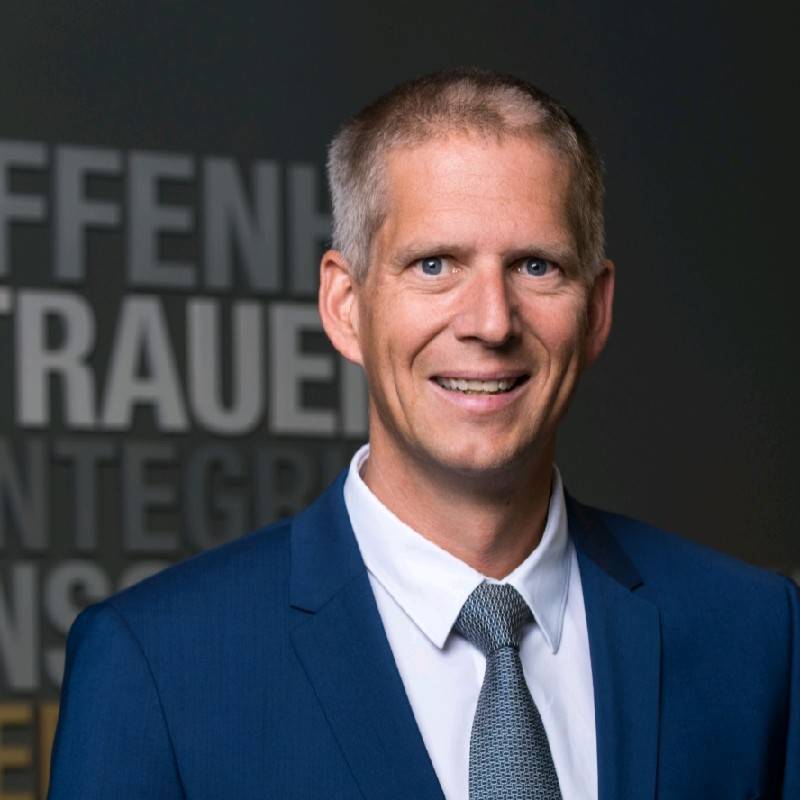

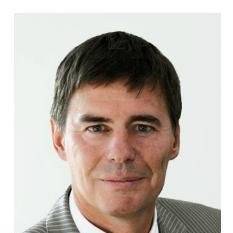
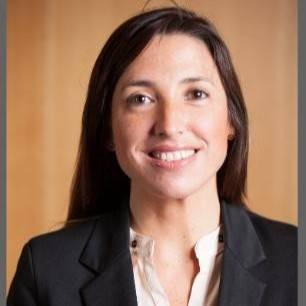
What do you think about her energy-level? Would it be more effective if she made some shifts there?
Her enthusiasm for me is communicated more through words than body-language and facial expressions.
Could she have made better use of the stage with more poignant, confident gestures? They seemed nervous and narrow to me.
I enjoyed this talk a lot, thank you for pointing it out with your insightful analysis.
Thank you, Justine, for the comments and questions.
The question about Kathryn’s energy level is a tricky one to answer. This is the only speech of hers that I have seen. While it is true that there is less energy in her delivery (voice intonation, gestures, etc.) than in other speeches that I have seen, I would have to see her give a “high energy” talk to have a sense as to whether or not such a style would work for her.
As speakers we want to bring energy to our speeches, but at the same time we need to be true to who we are. We should not try to be somebody else. My sense is that the person we saw at TED is the person that Kathryn is. There is clearly energy there; she is undoubtedly passionate about her material; but her passion is more understated than that of other speakers. This is neither good nor bad – Martin Luther King and Gandhi had two very different styles of speaking, but each was incredibly effective in his own way.
Thanks again for the contributing to the discussion.
John